Birds like eagles and albatrosses might dominate our conversations about long-distance fliers, but the animal kingdom contains numerous remarkable yet lesser-known marathon travelers that deserve recognition. From tiny insects that migrate across continents to unexpected mammals that soar impressive distances, these extraordinary creatures have developed fascinating adaptations that enable their extraordinary journeys. This comprehensive guide explores these unsung heroes of long-distance flight, examining their unique capabilities, migration patterns, and the surprising ways they navigate vast distances despite their often diminutive size. Join us as we venture beyond the familiar flyers and discover the remarkable airborne journeys undertaken by creatures you may have never considered capable of such incredible feats.
The Monarch Butterfly’s Multi-Generational Marathon
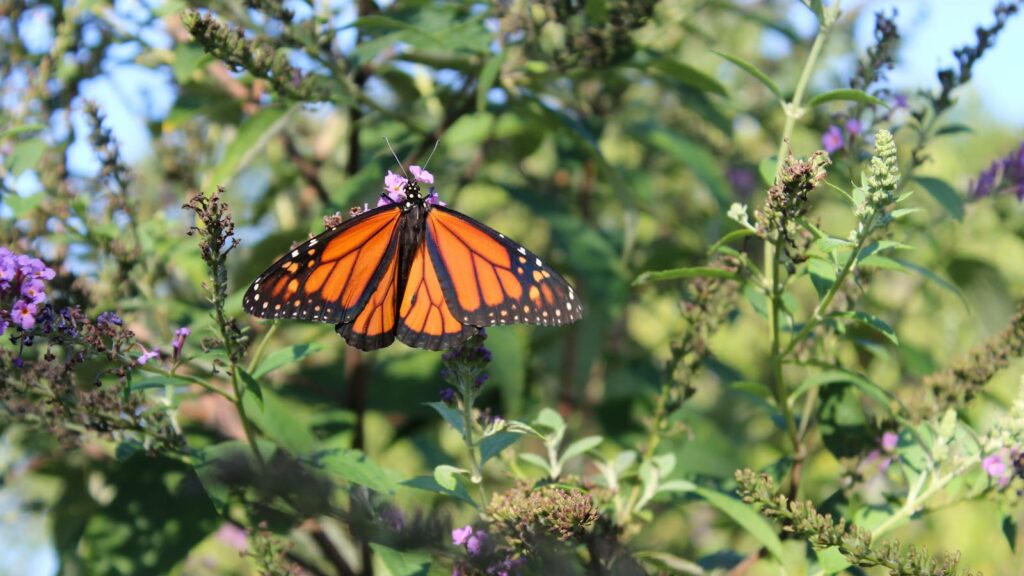
While many know about the monarch butterfly’s migration, few understand the remarkable multi-generational nature of their journey. Unlike birds that complete round-trip migrations, an individual monarch never completes the entire route from Mexico to Canada and back; instead, this remarkable journey spans up to five generations. The butterflies that leave the overwintering grounds in Mexico travel northward, lay eggs, and die, with their offspring continuing the journey. This relay race continues until the final generation, known as the “Methuselah generation,” which lives 8-9 months instead of the typical 2-5 weeks and completes the southern return to Mexico. These fragile insects navigate with remarkable precision using a combination of the sun’s position and Earth’s magnetic field, despite possessing a brain smaller than a grain of rice.
Globe Skimmer Dragonfly: The Intercontinental Champion
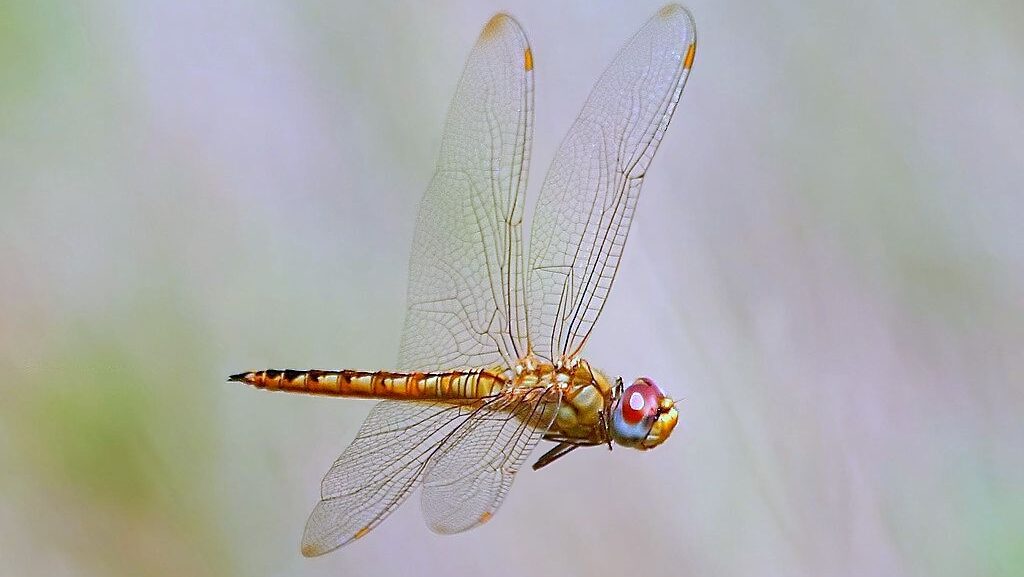
The Globe Skimmer dragonfly (Pantala flavescens) holds the title for the longest insect migration ever recorded, yet remains virtually unknown to most people. These lightweight insects embark on a multigenerational journey of up to 18,000 kilometers (11,200 miles) across the Indian Ocean, flying between India, eastern Africa, and back again. Research has shown these remarkable creatures can fly continuously for days, using favorable wind patterns and even adjusting their flight to conserve energy during the journey. Their specialized wing shape allows them to glide efficiently, while their compound eyes help them navigate using polarized light from the sun. Perhaps most impressively, Globe Skimmers have evolved to detect and utilize monsoon winds to propel themselves across vast oceanic expanses, demonstrating remarkable adaptive intelligence for creatures with such tiny brains.
Ruby-throated Hummingbirds: Tiny Titans Crossing the Gulf
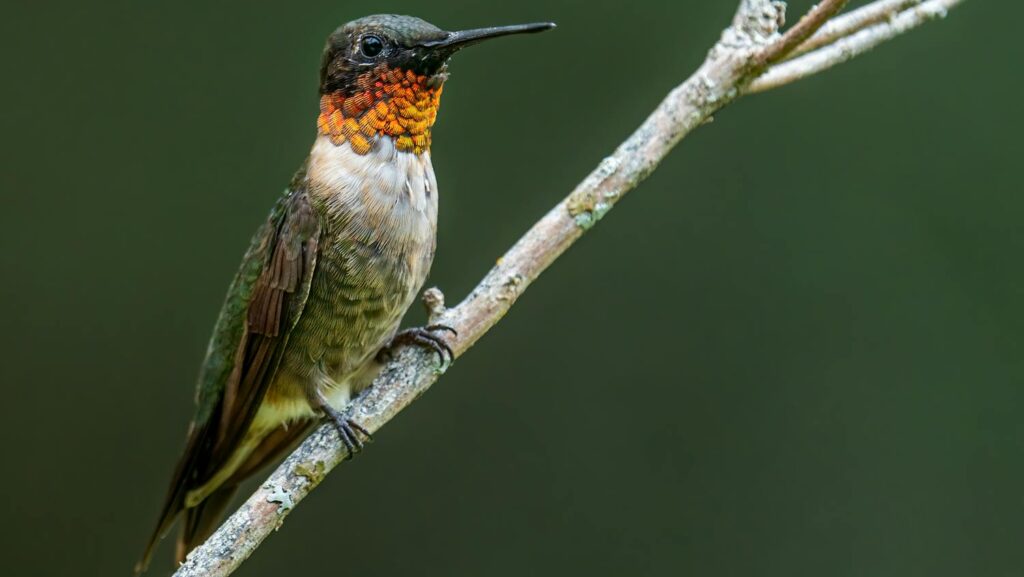
Despite weighing less than a penny, the Ruby-throated Hummingbird accomplishes one of the most astonishing feats in the avian world. These tiny birds, measuring just 3-4 inches long, fly nonstop across the Gulf of Mexico during their migration—a journey spanning approximately 500 miles without any opportunity to rest or refuel. To prepare for this marathon flight, the hummingbirds nearly double their body weight by gorging on nectar and insects, increasing their fat stores from 3% to almost 50% of their body weight. The crossing takes approximately 18-22 hours of continuous flapping, during which they beat their wings an astounding 2.7 million times. This remarkable journey is even more impressive considering that Ruby-throated Hummingbirds lack the “wind detection” abilities of larger migratory birds, meaning they must sometimes battle headwinds that can extend their journey beyond the limits of their energy reserves.
The Northern Wheatear’s Arctic-to-Africa Marathon
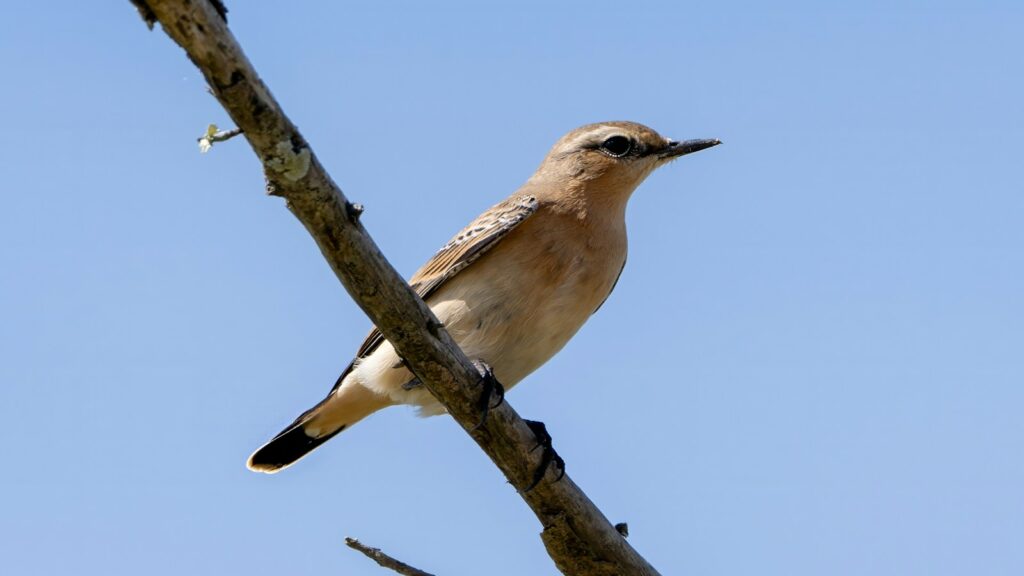
The Northern Wheatear, a small songbird weighing just 25 grams (less than an ounce), completes one of the most impressive migrations relative to body size of any animal on Earth. These unassuming birds breed in the Arctic tundra of Alaska and Canada before flying across Asia and the Arabian Desert to reach wintering grounds in sub-Saharan Africa—a round-trip journey of up to 18,000 miles annually. What makes this migration particularly remarkable is that wheatears travel solo rather than in flocks, with juveniles navigating this complex route on their first migration without any guidance from experienced birds. Scientists have discovered that wheatears possess an innate genetic program that directs their migration route and timing, complemented by celestial navigation abilities that allow them to orient by the stars. Despite their diminutive size, these birds maintain an average pace of about 160 miles per day during peak migration, flying primarily at night to avoid predators and use the days for refueling.
Bogong Moths: Australia’s Navigational Marvels
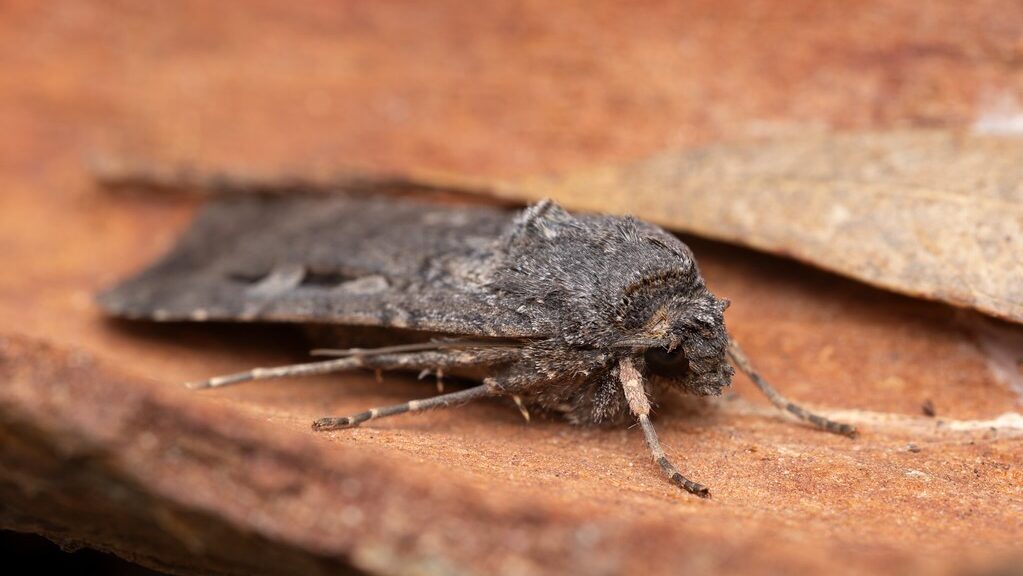
The Bogong Moth undertakes an impressive annual migration within Australia that remains largely unknown outside scientific circles. Each spring, billions of these moths travel up to 1,000 kilometers (620 miles) from their breeding grounds in Queensland and New South Wales to the cool caves of the Australian Alps, where they estivate (enter a dormant state similar to hibernation) during the hot summer months. These moths navigate using a combination of the Earth’s magnetic field and visual landmarks, despite having relatively simple brains compared to vertebrates. Remarkably, scientists have discovered that Bogong Moths can detect the Earth’s magnetic field through cryptochrome proteins in their antennae, which work as microscopic compasses. The moth migration is so reliable and abundant that indigenous Australian peoples traditionally harvested these nutritious insects as an important food source, developing specialized techniques to collect and prepare the protein-rich moths during their summer aestivation in alpine caves.
Amur Falcons: The Transoceanic Specialists
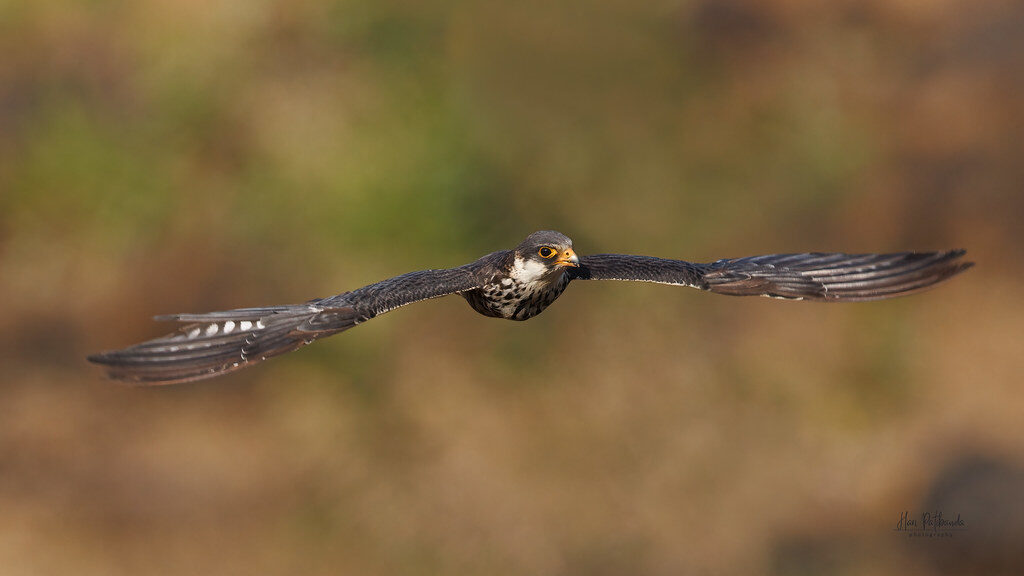
The Amur Falcon holds the record for the longest sea crossing of any raptor, yet receives far less attention than other migrating birds of prey. These small falcons, weighing just 160 grams (5.6 ounces), travel from Siberia and northern China across the Arabian Sea and the entire Indian Ocean—a nonstop flight of more than 2,400 miles that takes approximately 60 hours of continuous flying. Before crossing this vast expanse of water, the falcons gather in astounding numbers (up to one million birds) in India’s Nagaland region to fatten up for their journey. Scientists tracking these birds have discovered they fly at altitudes up to 3,000 meters (9,800 feet) and maintain a steady pace of about 43 mph during their ocean crossing. The falcons have evolved specialized metabolic adaptations that allow them to burn both fat and protein extremely efficiently, enabling this small raptor to accomplish what most birds of prey cannot—prolonged flight without access to food or water.
Great Frigatebirds: Masters of Effortless Soaring
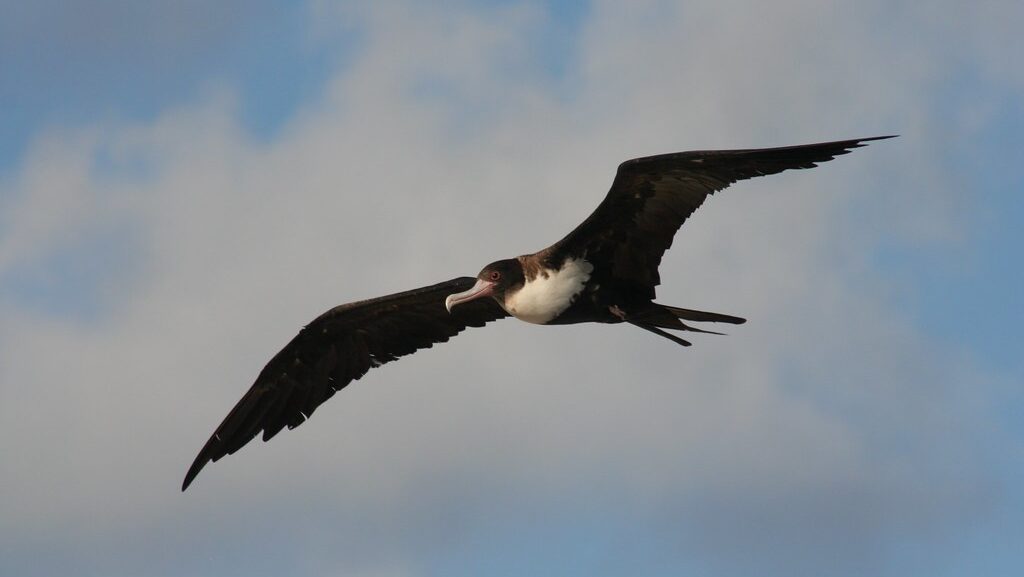
Great Frigatebirds have developed a remarkable adaptation that allows them to stay aloft for up to two months without ever touching down. These distinctive seabirds, with their 7-foot wingspans and lightweight bodies, lack waterproof feathers and cannot land on water despite living in oceanic environments. Researchers using advanced GPS tracking discovered that frigatebirds can travel up to 40 miles without a single wing flap by expertly riding thermal air currents in a technique called dynamic soaring. Even more impressively, these birds have evolved the ability to sleep while flying, entering brief periods of unihemispheric sleep where one brain hemisphere remains alert while the other rests. Their lightweight hollow bones and enormous wingspan relative to body weight (the highest ratio of any bird) create an extraordinary lift-to-drag ratio that enables their seemingly effortless oceanic wandering. Great Frigatebirds regularly travel over 5,000 miles on feeding trips, despite weighing less than 3.5 pounds.
Arctic Terns: The Polar Light Chasers
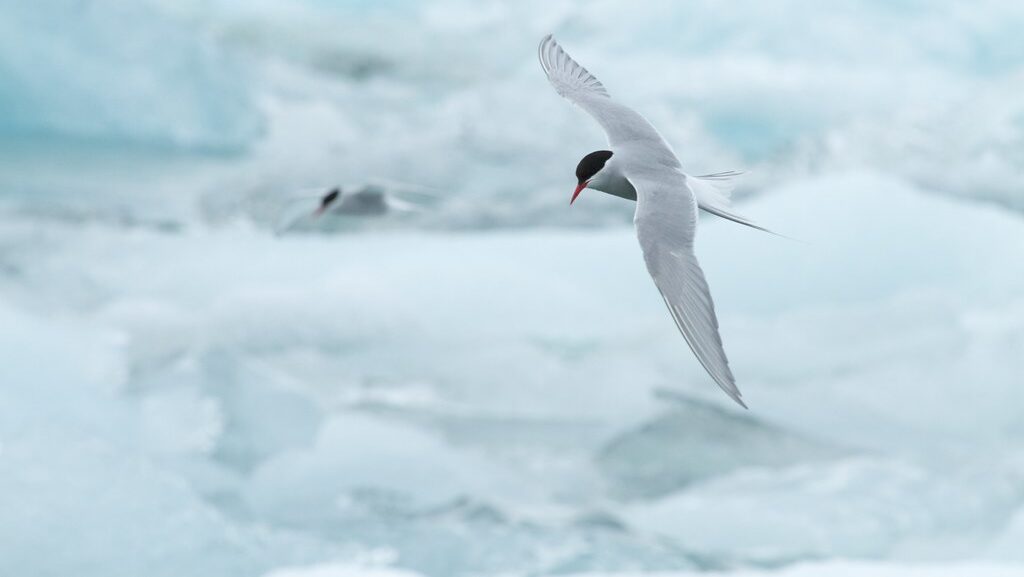
While the Arctic Tern’s long-distance migration is somewhat better known, the details of their remarkable journey remain unfamiliar to most. These medium-sized seabirds experience more daylight than any other creature on Earth, as they migrate from Arctic breeding grounds to Antarctic feeding areas and back annually—a round-trip of approximately 44,000 miles. Recent tracking studies have revealed that Arctic Terns don’t take the direct route between poles but instead follow complex, S-shaped flight paths that take advantage of global wind systems to reduce energy expenditure. These birds can live up to 30 years, meaning a single tern might fly the equivalent of three round trips to the moon during its lifetime. Perhaps most remarkably, young Arctic Terns undertake this complex global journey alone, navigating by celestial cues and Earth’s magnetic field on their first migration without ever having been taught the route.
Bar-headed Geese: The Himalayan High-flyers

The Bar-headed Goose accomplishes one of the most physically demanding migrations of any bird by flying directly over the Himalayan mountains. These geese routinely fly at altitudes of 20,000 feet—higher than Mount Everest’s base camp—where oxygen levels are only about 40% of those at sea level. Scientists have discovered that these birds have evolved several specialized adaptations for this extreme high-altitude flight, including hemoglobin that binds oxygen more efficiently, larger lung capacity, and denser capillary networks in their flight muscles. Bar-headed Geese also demonstrate a remarkable breathing technique called “hyperventilation” during flight, taking faster, deeper breaths than other birds to maximize oxygen intake in the thin mountain air. Rather than following the conventional wisdom to fly over mountains at night when the air is colder and denser, researchers have found these geese often choose to fly during the warmest daytime hours, when powerful thermal updrafts help propel them over the towering peaks with less energy expenditure.
Lesser-known Flying Mammals: Beyond Bats
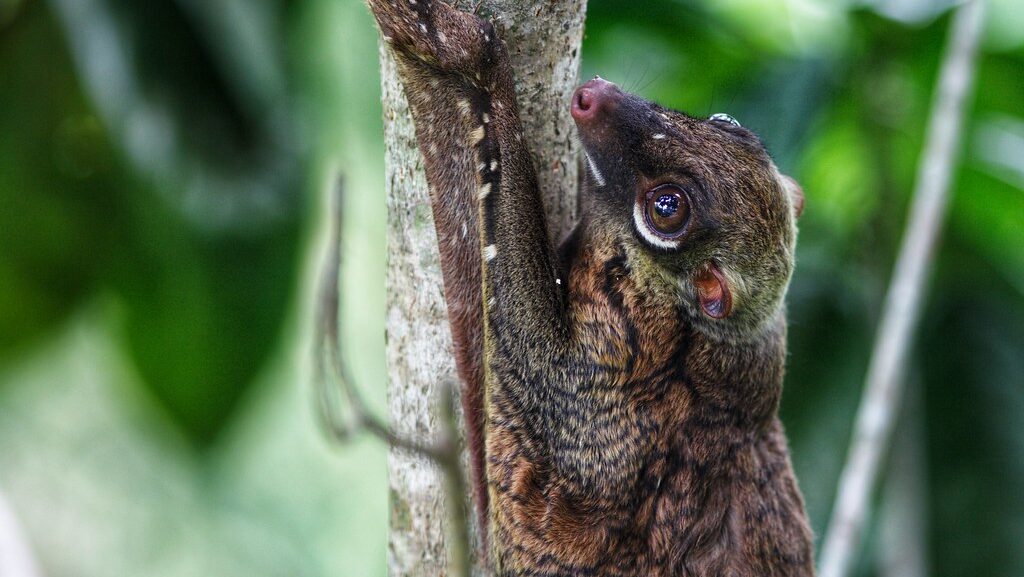
While bats are the only true flying mammals, several other species have evolved remarkable gliding abilities that allow them to travel impressive distances through the air. The Malayan Colugo (often called a flying lemur though it’s neither a lemur nor truly flying) can glide distances of up to 200 feet between trees using a specialized membrane called a patagium that stretches from its neck to all four limbs and tail. Northern Flying Squirrels, despite their small size, can soar over 300 feet in a single glide, controlling their direction with remarkable precision by adjusting the tension in their gliding membrane and using their flattened tail as a rudder. Perhaps most impressive is the flying snake family (Chrysopelea), which can flatten their bodies into a concave shape that generates lift, allowing them to glide up to 330 feet horizontally from a 30-foot drop. These diverse gliding mammals and reptiles demonstrate how flight adaptations have evolved independently multiple times in vertebrates, each using different biomechanical solutions to achieve controlled aerial movement.
Wandering Albatross: The Oceanic Marathoner
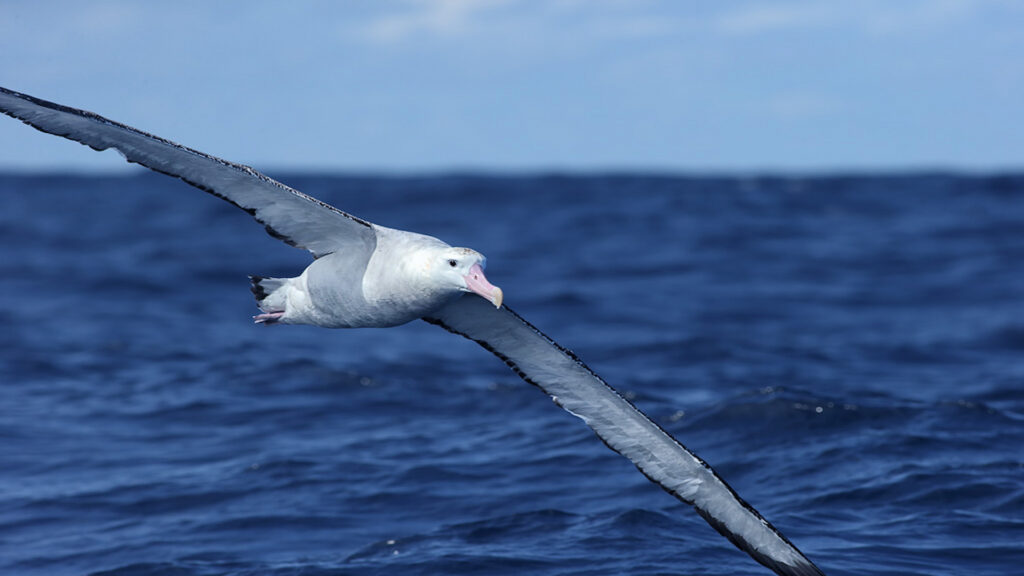
The Wandering Albatross lives up to its name by spending most of its life in perpetual flight over the Southern Ocean, coming to land only to breed. These birds have the largest wingspan of any living bird (up to 11 feet) and have perfected a flying technique called dynamic soaring that allows them to travel up to 10,000 miles in a single journey without a single wing flap. Recent tracking studies have revealed that young albatrosses may fly more than 5 million kilometers (3.1 million miles) during their lifetimes—equivalent to flying to the moon and back seven times. The specialized shoulder-locking mechanism in their wing joints allows albatrosses to hold their wings outstretched without muscular effort, while their highly efficient hearts beat as slowly as once every 15 seconds during flight. Perhaps most remarkably, Wandering Albatrosses can drink seawater due to specialized glands that filter out salt, allowing these birds to remain over the open ocean for years at a time without ever needing to find fresh water.
The Future of Long-Distance Flyers in a Changing World

Long-distance flying species face unprecedented challenges in the modern world, with climate change altering traditional migration cues and routes. Research indicates that many migratory species are shifting their migration timing, with some birds now arriving at breeding grounds up to two weeks earlier than they did just decades ago. Light pollution presents another serious threat, particularly for insects and birds that navigate using celestial cues—studies have shown that artificial light can disrupt orientation and cause fatal collisions with human structures. Perhaps most concerning, many flying migrants depend on specific refueling sites along their routes, and the destruction of these critical habitats can have catastrophic effects on entire populations. Conservation efforts for long-distance flyers increasingly focus on international cooperation, as these species cross numerous political boundaries during their journeys and require coordinated protection measures spanning multiple countries. Despite these challenges, technological advances in miniature tracking devices are revolutionizing our understanding of these remarkable journeys, revealing previously unknown migration routes and strategies that may help inform more effective conservation approaches.
Conclusion
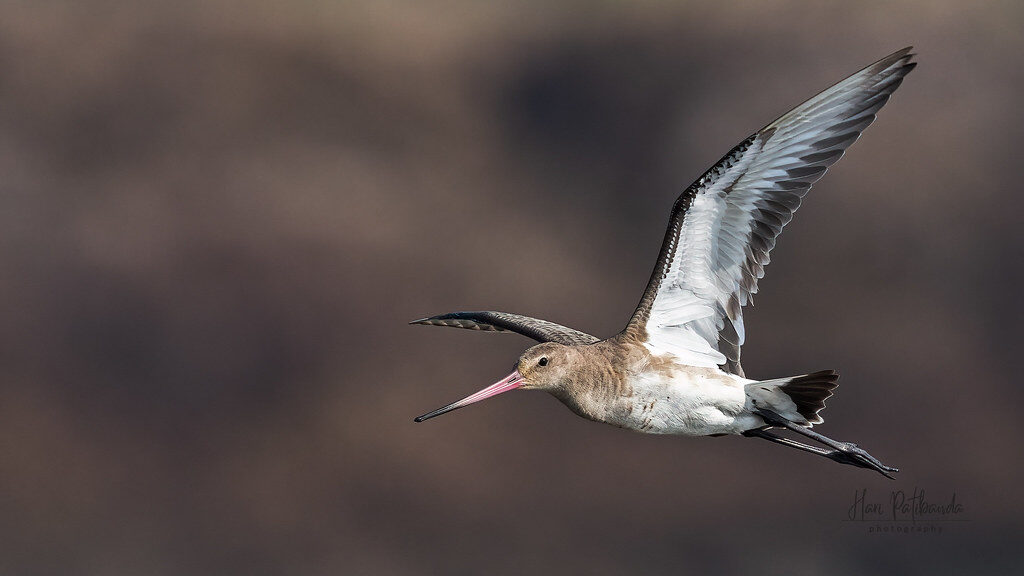
The world of long-distance flyers extends far beyond the familiar migrants that typically capture public attention. From tiny insects that cross oceans to birds that navigate extreme altitudes, these remarkable travelers have evolved extraordinary adaptations that enable their epic journeys. Understanding these lesser-known marathon flyers not only expands our appreciation of nature’s ingenuity but also highlights the interconnectedness of global ecosystems. As climate change and habitat loss continue to threaten these aerial adventurers, increased awareness of their remarkable abilities and unique challenges may help inspire the conservation efforts needed to ensure their epic migrations continue for generations to come.
